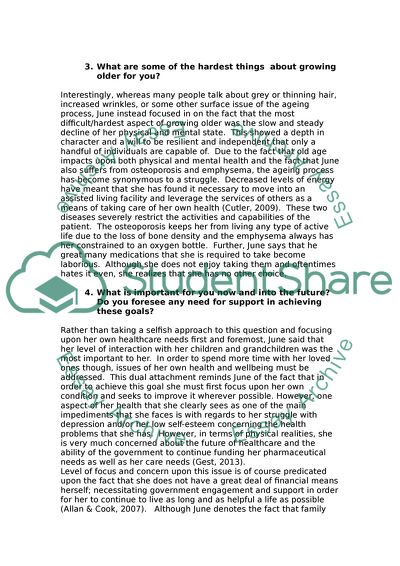Cite this document
(“Personal centred care for older person Essay Example | Topics and Well Written Essays - 1750 words”, n.d.)
Retrieved from https://studentshare.org/nursing/1626595-personal-centred-care-for-older-person
Retrieved from https://studentshare.org/nursing/1626595-personal-centred-care-for-older-person
(Personal Centred Care for Older Person Essay Example | Topics and Well Written Essays - 1750 Words)
https://studentshare.org/nursing/1626595-personal-centred-care-for-older-person.
https://studentshare.org/nursing/1626595-personal-centred-care-for-older-person.
“Personal Centred Care for Older Person Essay Example | Topics and Well Written Essays - 1750 Words”, n.d. https://studentshare.org/nursing/1626595-personal-centred-care-for-older-person.


